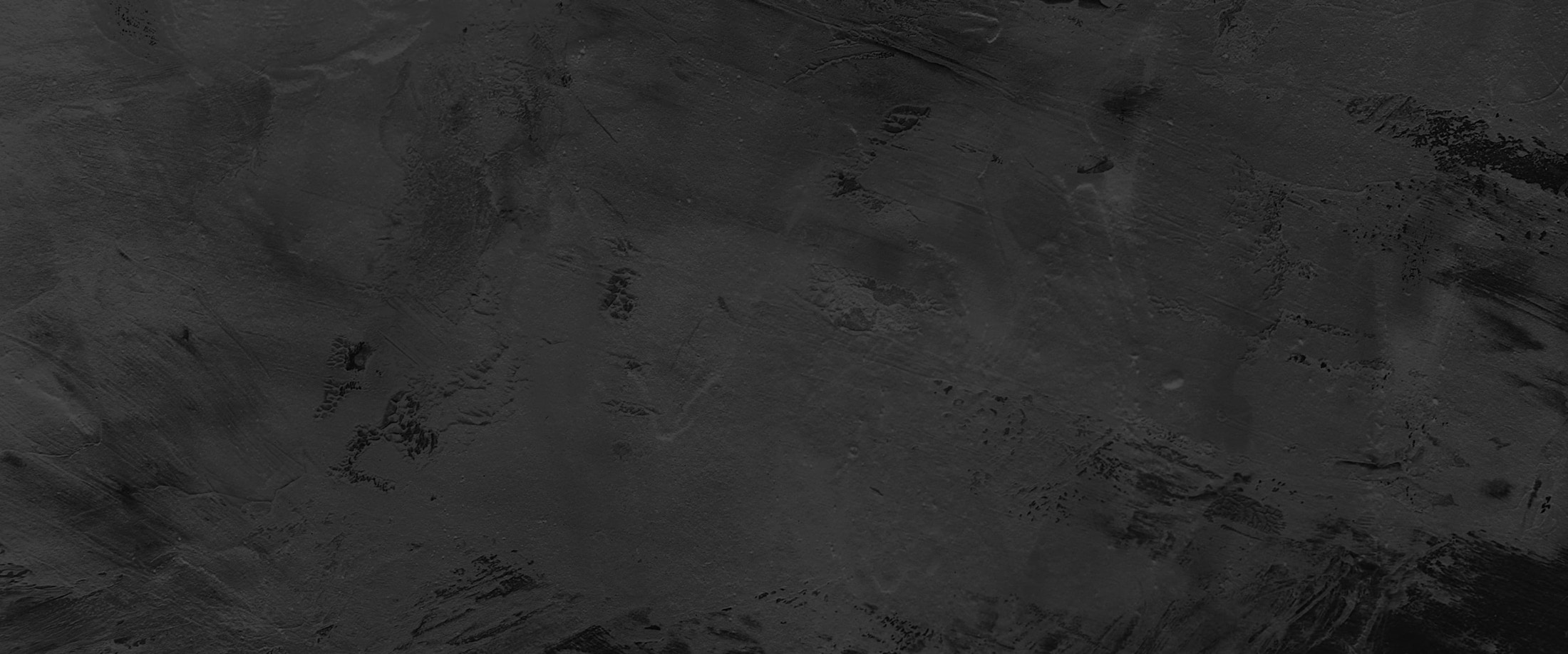Neonatal Mandibular Distraction
Neonatal Mandibular Distraction is performed when a small jaw lets the tongue fall back and obstruct the airway. By lengthening the mandible the tongue is brought forward to open the airway, and a tracheostomy (opening into the windpipe) can be avoided.
Airway management in the newborn requires teamwork by pediatric craniofacial surgeons, pediatric ear-nose-throat surgeons, pediatric anesthesiologists, and the staff of a neonatal intensive care unit.
The technique of neonatal mandibular distraction involves placing small pins in the back of the lower jaw and then making a bony cut (osteotomy) between the pins. The pins are then gradually moved apart, usually 2 mm per day, to lengthen the mandible. New bone regenerates and fills in the gap. After the new bone has a chance to harden, the pins are then removed from the mandible.
Neonatal mandibular distraction has been used to lengthen the jaw as much as 2.5 cm, and has been highly successful in avoiding a tracheostomy in the neck. Distraction is also routinely utilized in older children. The craniofacial surgical service at Children’s Hospital of San Diego is experienced with the technology and techniques involved and, to our knowledge, is the only center in California offering this type of newborn distraction treatment.






